Case Number : Case 2538 - 30 March 2020 Posted By: Iskander H. Chaudhry
Please read the clinical history and view the images by clicking on them before you proffer your diagnosis.
Submitted Date :
77M, Left chin C+C (double cycle)- ?Viral wart ?SCC ?KA ?AK

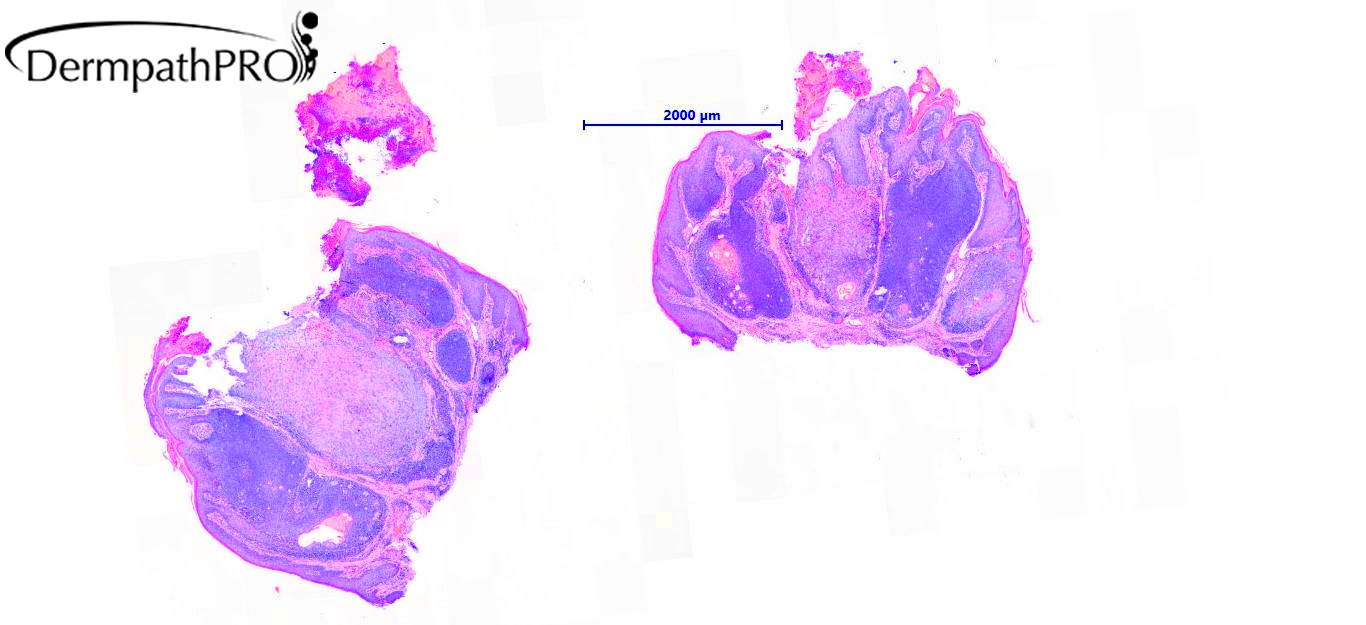
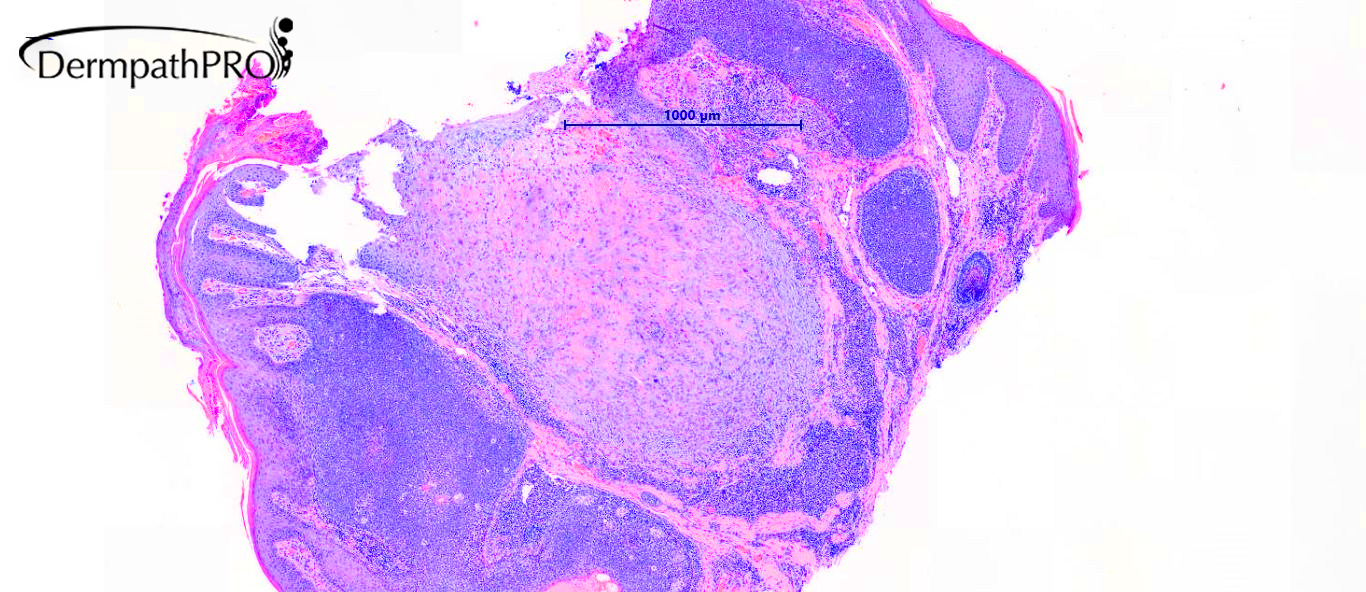
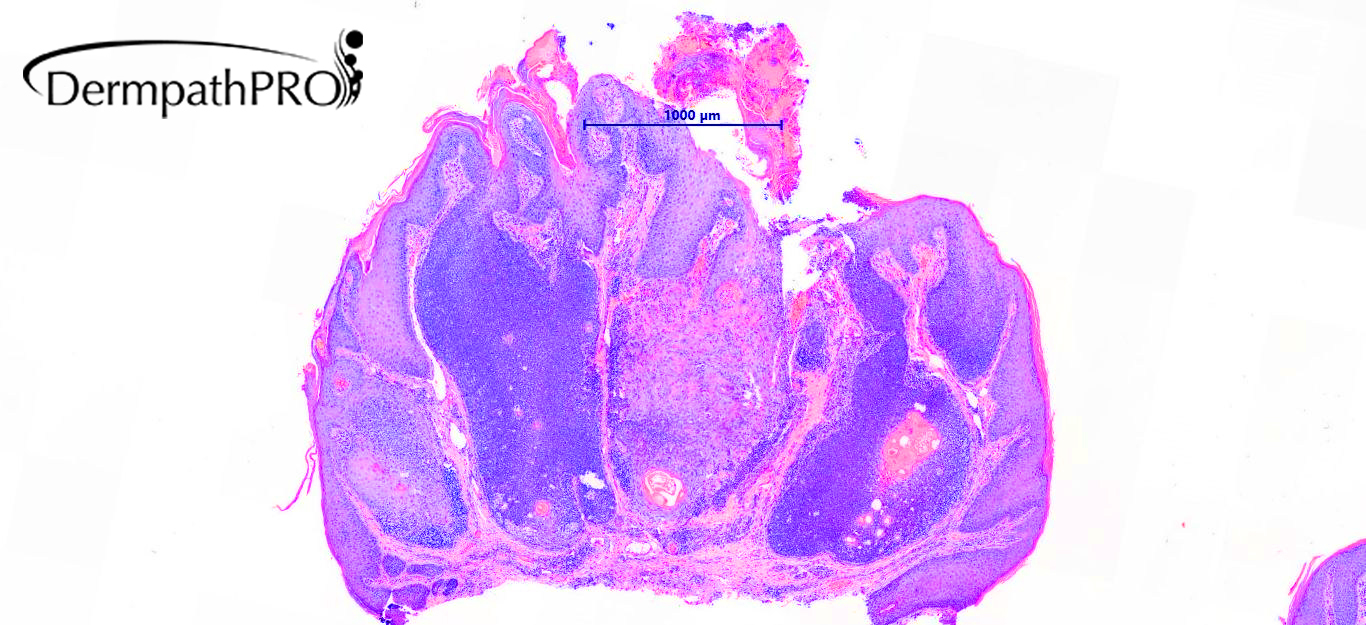
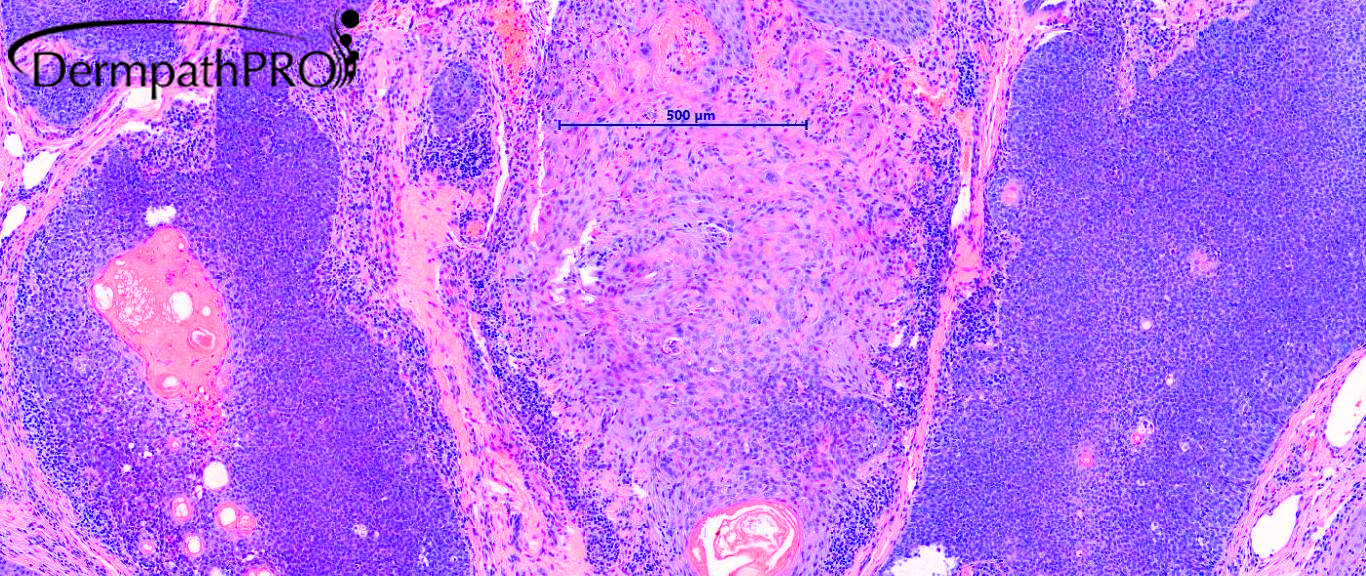

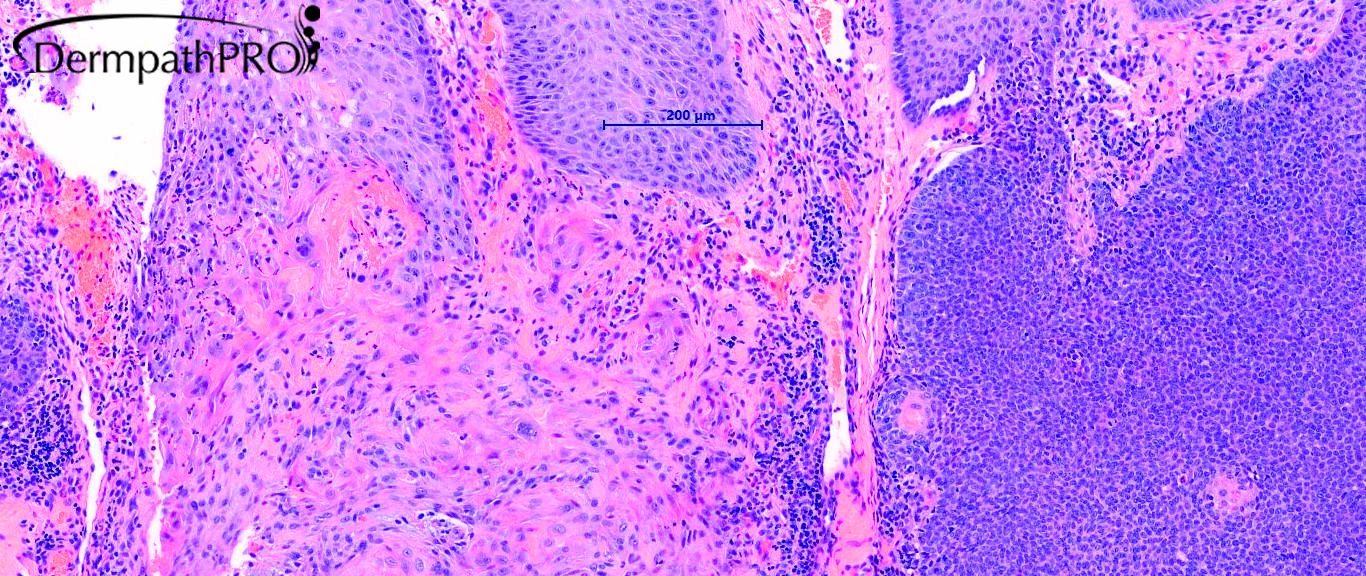

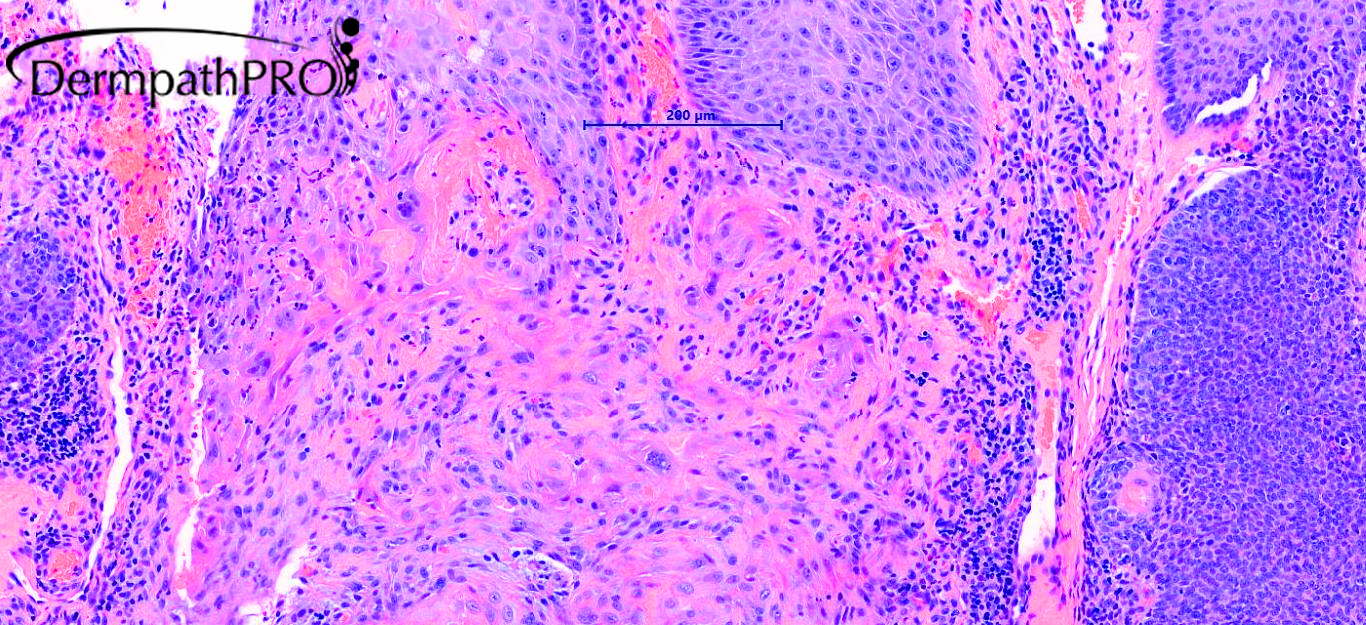
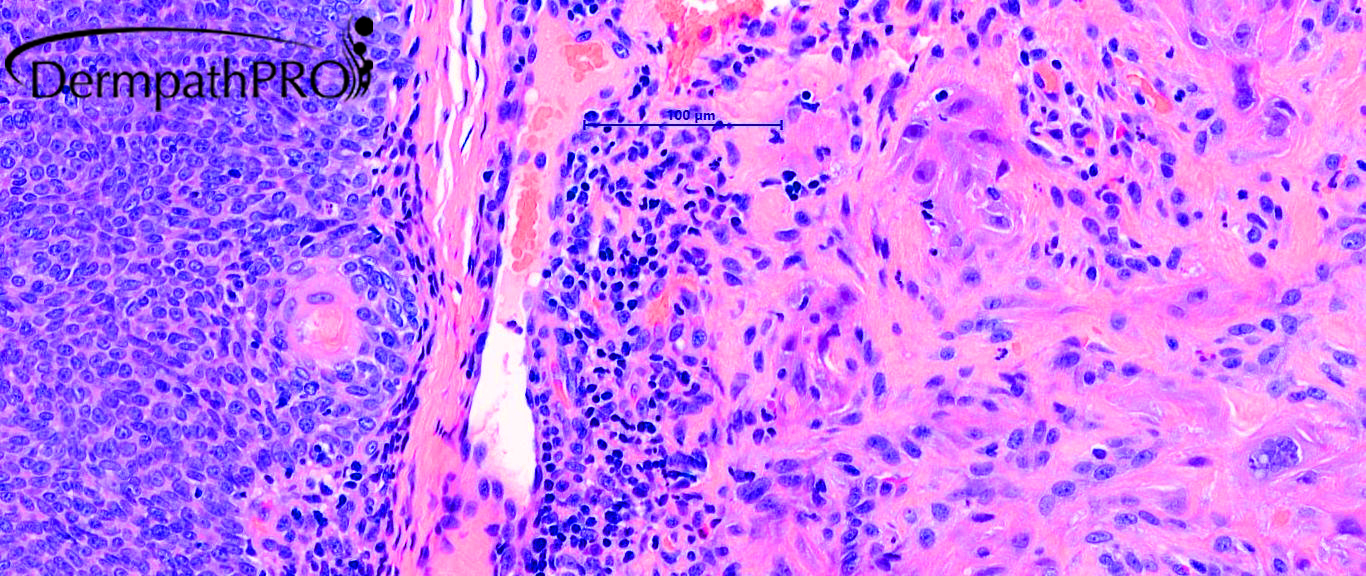

Join the conversation
You can post now and register later. If you have an account, sign in now to post with your account.